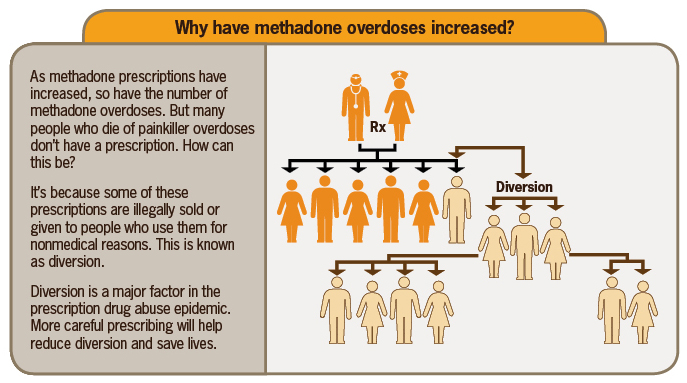


It’s important to take all medications as advised by a credentialed medical professional because they will know and make recommendations for your specific medical situation. The dose and dose-rates are established by many clinical studies to ensure medications will work while minimizing potential harm. For example, if you are receiving a series of vaccinations, the vaccination dose-rate may be days, weeks, or months to build antibodies to the appropriate level. The dose-rate is not always short in duration.

On the other hand, if you were to take two doses of the medication at once rather than breaking it up between 12 hours, you would consume too much of the anti-biotic, which could cause harm. If you were to stop taking the medication as prescribed before completing the recommended duration, the bacterial infection may not resolve and could progress. Using our anti-biotic example, taking the prescription drug at the optimal dose-rate ensures the amount of the active ingredients in the body remains consistent with minimal side-effects. For example, if you are taking a medication for a bacterial infection, you may be required to take one dose of the medication two times a day, approximately 12 hours between each dose for five days. The dose-rate is the frequency someone takes a dose of a medication or nutrient. Manufacturers will look at several variables, including a typical person’s body weight, the amount entering the body (absorption capacity), the movement of the drug throughout the body (distribution), the breakdown of the medication throughout the body (metabolism), and how quickly the body eliminates the medication (elimination rates), to determine the appropriate amount of active and inactive ingredients to add to a drug. For example, a cough medication may require a 10 mL dose another medication may require someone to take one pill.ĭosages of medication and/or nutrients are developed based on people’s body weight. Doses are measured in units, these units can be pre-measured pills, or they can be liquid medications measured in milliliters, teaspoons, and/or tablespoons. It is not a recommendation and should be verified with other sources for accuracy.A dose is a measured quantity typically of a medicine or a nutrient. minutesĭISCLAIMER: PW's dosage information is gathered from users and resources for educational purposes only. X "x" is not a number.% - y "y" is not a number.%Ī "a" is not a number. X "x" is not a number.% - y "y" is not a number.%

WARNING: Always start with lower doses due to differences between individual body weight, tolerance, metabolism, and personal sensitivity.


 0 kommentar(er)
0 kommentar(er)
